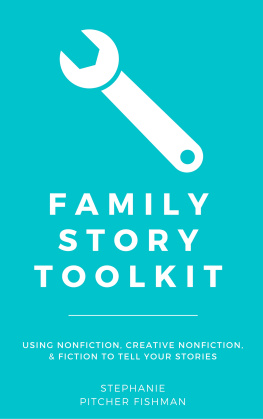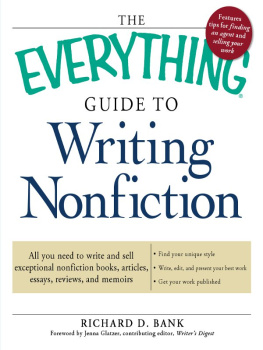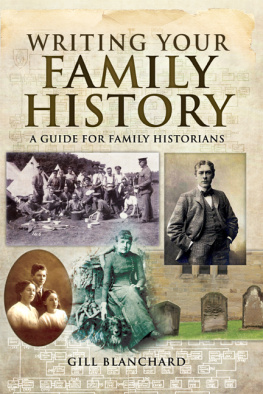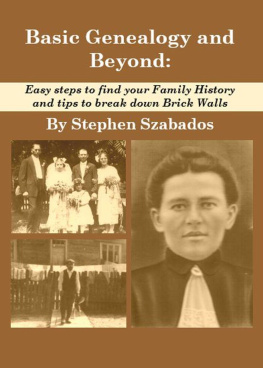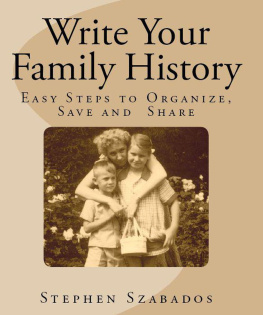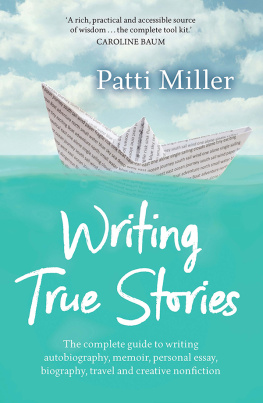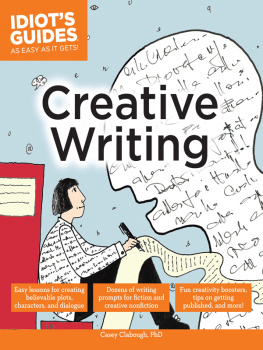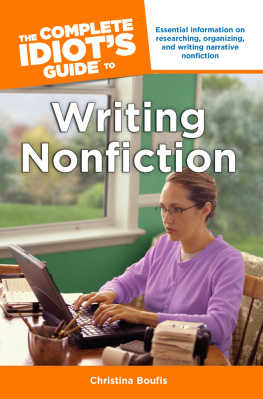Contents
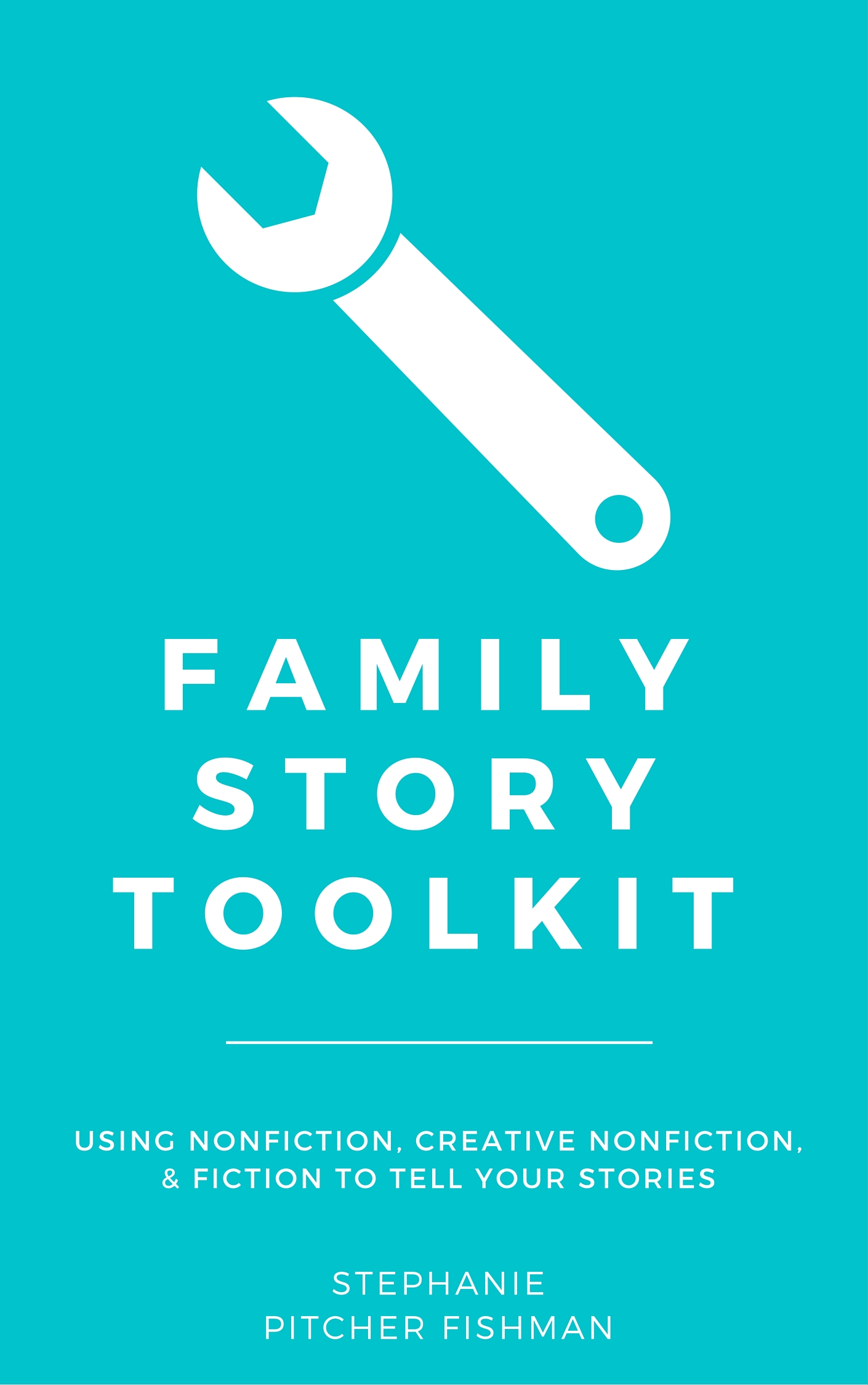
A Quick and Easy Guide for Genealogists
Family Story Toolkit:
Using Nonfiction, Creative Nonfiction, & Fiction
to Tell Your Stories
Stephanie Pitcher Fishman

Copyright Stephanie Pitcher Fishman (2018). Second edition. All rights reserved.
Family Story Toolkit by Stephanie Pitcher Fishman
Published by Rebecca Hills Books
Part of the Quick & Easy Guides for Genealogists series
No part of this book may be reproduced or transmitted in any form or by any means, electronic or mechanical, including photocopying, recording, or by any information storage retrieval system without the written permission of the author, except where permitted by law.
Thank you for purchasing this Quick & Easy Guide for Genealogists. Please consider leaving a review on the page that you purchased this book. By reviewing it and telling others, you will help me share this work with other family historians. I greatly appreciate your support!
Please visit the authors website at www.cornandcottongenealogy.com .
Also by Stephanie Pitcher Fishman:
Finding Eliza
The Quick & Easy Genealogy Series
Also by Stephanie Pitcher Fishman
Fiction
Finding Eliza
Shutter Step
Quick & Easy Guides For Genealogists
Researching Your Quaker Family History
Researching the Plain Religions
Research Bundle: Quakers & Plain Religions
Coming Soon: Researching Your Ancestors Using the U.S. Census
Coming Soon: Homeschooling Your Family History
Legacy Family Tree QuickGuides Series
Ohio Genealogy
Georgia Genealogy
Alabama Genealogy
Florida Genealogy
Introduction
Youve worked hard to document your familys story through your genealogical research. If were lucky, we have one or two people who really want to dig into the family tree limb by limb and listen to us gush about the document that took us months or years to locate. More realistically, well probably have family members who want to hear the stories but dont particularly care how we came about them. Documents are great to build the skeleton of our ancestors. What they care about is the meat on those bones.
Make your family history more interesting to your relatives by telling those tales in a style that they will enjoy. Just like in our research, writing requires tools and methods. In this toolkit, Im going to give you three that can be used in both small and large projects as you find they fit.
In this toolkit youll find:
- The basics of writing your story through nonfiction, creative nonfiction, and fiction
- Websites and tips to use while writing your own stories
- An example in each form to show you how fun it is to make your ancestors come to life through story.
- A way to further your storytelling adventure.
This toolkit isnt meant to be a definitive resource for writing your family stories as nonfiction, creative nonfiction, and fiction. It is meant as a tool to help you learn about and begin the concept. Its the perfect jumping off point to get your feet wet and your stories started!
Our Subject: James Thomas Bullington
My great-grandfather, James Thomas Bullington, went by several nicknames: JT, Jim, Pastor, Daddy. First, Im going to introduce you to him as the facts on our family tree. Then, Ill write a scene of a medical event he endured through all three: nonfiction, creative nonfiction, and fiction.
James Thomas Bullington (b. 27 October 1878; m. 28 January 1906; d. 28 April 1946)
Points for consideration:
- According to the U.S. Federal Census (population schedules and agricultural schedules), he was a farmer and head of a large family.
- Interviews with family members and notes in a family Bible as well as the records of the family church told us that he was also a pastor.
- Through interviews, we learned the details of a stroke that forced to him to step down from preaching.
As noted, Ive based my story examples on information that I received during family interviews. If you find yourself having trouble getting started on a family stories interview, I have a free interview guide available for free on my website.
Nonfiction
Nonfiction is most likely the form of writing that most people think of when considering a project like this. Biographies and histories are great ways to leave your research for others. And, if you are new to longer writing projects this may be the easiest way to start. Tell the story using the details that you were able to prove, and add no more. Its straight forward and focused on the facts but that doesnt mean it has to be dry. Add your personality through your writing style.
Dont forget:
- Only write about what you know to be true. (Dont make stuff up to fill in gaps!)
- Be sure to include information on the surrounding area or time for context.
- Keep it simple and straight forward. Save flowery language and prose for other forms of storytelling.
Further Reading: 25 Tips to Make You a Better Nonfiction Writer
Example:
James Thomas Bullington, or Jim, lived in Amboy, Turner County, Georgia. Born in 1878, he is found on the United States Federal Census population schedule in the same area during nearly each census year. He lists his employment as farmer.
Church records from Pleasant Hill Baptist Church show that he was ordained as a minister in the church just as his father had been.
According to interviews with his daughter, Cortez Bullington Flowers, her father would regularly preach Sunday sermons at Pleasant Hill. During one of these sermons when she was seven or eight years old, her father had a medical event during service while he was leading prayer. She said that the town doctor diagnosed it as a stroke.
Creative Nonfiction
Creative nonfiction is literary or narrative nonfiction that shares factual information using the same techniques and styles as fiction. Its a great way to make your family stories more engaging, especially if you want to interest those family members who want to know about their ancestors but dont care to look at a chart or document. (We all have them!)
This genre will allow you to share scenes of everyday life as well as the special events that occurred in your family. Dont be overwhelmed. You dont have to apply all of the various techniques used in literature. Tell your story in the way that feels natural to you. This will just give you a little more freedom to use the language of prose rather than the research-based voice of nonfiction.
Dont forget:
- You shouldnt include detailed dialog unless you know the words your ancestors spoke through articles, diaries, letters, etc. Otherwise, its fiction. (See next section.)
- Fiction techniques such as writing in scenes will work great with these types of family histories.
- Use your own style and voice. What books do you like to read? Try to apply all the things that you enjoy about a good story to your research.
Further Reading: What is Creative Nonfiction?
Example:
James Thomas Bullington, or Jim, lived in Amboy, Turner County, Georgia, though the family has always said it was actually within the town of Rebecca. Born in 1878, he grew up in the same area as he settled after marrying Ida Leora Wilson. He attended the same church as his father and followed in his footsteps to become an ordained minister.

